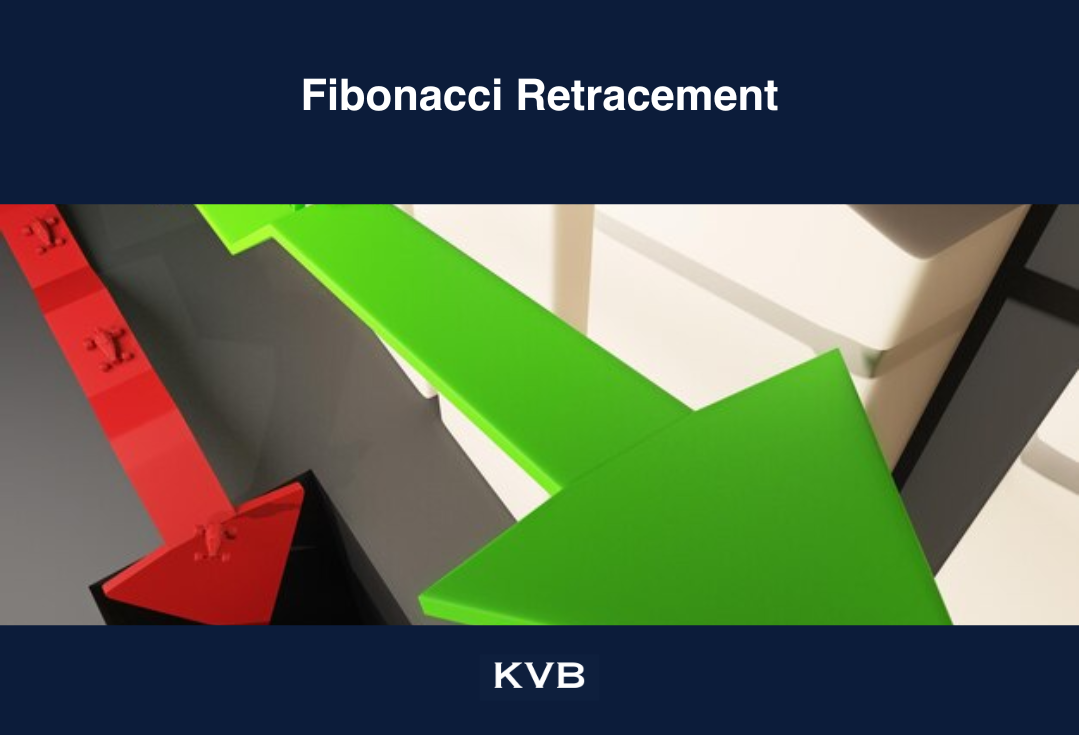


Fibonacci retracement is a popular technical analysis tool used by traders to identify potential support and resistance levels in the Forex market. Named after the Italian mathematician Leonardo Fibonacci, this method leverages mathematical ratios to forecast where prices might reverse or stall. Understanding and applying Fibonacci retracement can significantly enhance a trader's ability to make informed decisions. This article explores the fundamentals of Fibonacci retracement, its application in Forex trading, and strategies for using it effectively.
What is Fibonacci Retracement?
Fibonacci retracement is based on the Fibonacci sequence, a series of numbers where each number is the sum of the two preceding ones (e.g., 0, 1, 1, 2, 3, 5, 8, 13, etc.). The key concept behind Fibonacci retracement is that markets tend to retrace a predictable portion of a move before resuming in the original direction. The ratios derived from the Fibonacci sequence—23.6%, 38.2%, 50%, 61.8%, and 76.4%—are used to identify potential reversal levels in the market.
Key Fibonacci Levels
23.6% Retracement Level: This is the smallest retracement level, representing a minor pullback in the trend. It often indicates a temporary pause before the trend resumes.
38.2% Retracement Level: A moderate retracement level, indicating that the price has pulled back about 38.2% of the previous move. This level is commonly watched by traders for potential trend reversals.
50% Retracement Level: Although not a Fibonacci ratio, the 50% level is significant because it represents a halfway point in the move. It is a psychological level where traders may anticipate a reversal or consolidation.
61.8% Retracement Level: Known as the "golden ratio," this is one of the most critical levels in Fibonacci retracement. It often represents a major point where the market might reverse or pause before continuing the original trend.
76.4% Retracement Level: This level is less commonly used but can indicate deeper corrections. A price retracement to this level may suggest a stronger potential reversal or a significant consolidation phase.
How to Use Fibonacci Retracement in Forex Trading
Identifying Swing Points: To apply Fibonacci retracement, start by identifying the significant swing high and swing low points on the chart. The swing high is the highest price point reached before a downtrend, while the swing low is the lowest price point before an uptrend.
Drawing Fibonacci Levels: Using charting software, plot the Fibonacci retracement levels by connecting the swing high and swing low. The retracement levels will automatically appear on the chart, showing potential support and resistance areas.
Analyzing Price Action: Observe how the price interacts with the Fibonacci levels. Look for signs of price reversal, consolidation, or continuation at these levels. For example, if the price bounces off the 61.8% retracement level and resumes the original trend, this level may be considered a strong support or resistance point.
Combining with Other Indicators: While Fibonacci retracement is a powerful tool, it is more effective when combined with other technical indicators. Consider using moving averages, trend lines, or oscillators like the Relative Strength Index (RSI) to confirm potential reversal points or to gauge the strength of a trend.
Setting Stop Losses and Targets: Use Fibonacci levels to set stop losses and profit targets. For instance, if entering a long position at a Fibonacci support level, place a stop loss slightly below the level to manage risk. Similarly, set profit targets at higher Fibonacci levels or other technical resistance points.
Practical Applications and Examples
Trend Continuation: If a currency pair is in an uptrend and experiences a pullback to the 38.2% retracement level, this level may act as a support where the trend resumes. Traders may look to enter long positions at this level, anticipating that the trend will continue.
Trend Reversals: In a downtrend, if the price retraces to the 61.8% level and shows signs of resistance, this level may indicate a potential reversal point. Traders might consider shorting the currency pair or waiting for confirmation before entering new positions.
Range Bound Markets: In range-bound or consolidating markets, Fibonacci levels can help identify potential entry and exit points within the range. For example, if the price consistently bounces between the 23.6% and 50% retracement levels, these levels may serve as trading boundaries.
Limitations and Considerations
Not a Standalone Tool: While Fibonacci retracement provides valuable insights, it should not be used in isolation. Always consider other technical and fundamental factors before making trading decisions.
Subjectivity in Drawing Levels: The accuracy of Fibonacci retracement levels depends on the trader’s ability to identify significant swing points. Different traders may draw levels slightly differently, leading to variations in analysis.
Market Conditions: In highly volatile or news-driven markets, Fibonacci levels may be less reliable. It is essential to account for market conditions and news events that can influence price movements.
Conclusion
Fibonacci retracement is a widely used tool in Forex trading that helps traders identify key levels of support and resistance based on mathematical ratios. By understanding and applying Fibonacci levels, traders can enhance their ability to make informed decisions and improve their trading strategies. However, it is crucial to use Fibonacci retracement in conjunction with other technical indicators and to consider market conditions and fundamental factors.
Disclaimer
Derivative investments involve significant risks that may result in the loss of your invested capital. You are advised to carefully read and study the legality of the company, products, and trading rules before deciding to invest your money. Be responsible and accountable in your trading.
RISK WARNING IN TRADING
Transactions via margin involve leverage mechanisms, have high risks, and may not be suitable for all investors. THERE IS NO GUARANTEE OF PROFIT on your investment, so be cautious of those who promise profits in trading. It's recommended not to use funds if you're not ready to incur losses. Before deciding to trade, make sure you understand the risks involved and also consider your experience.
